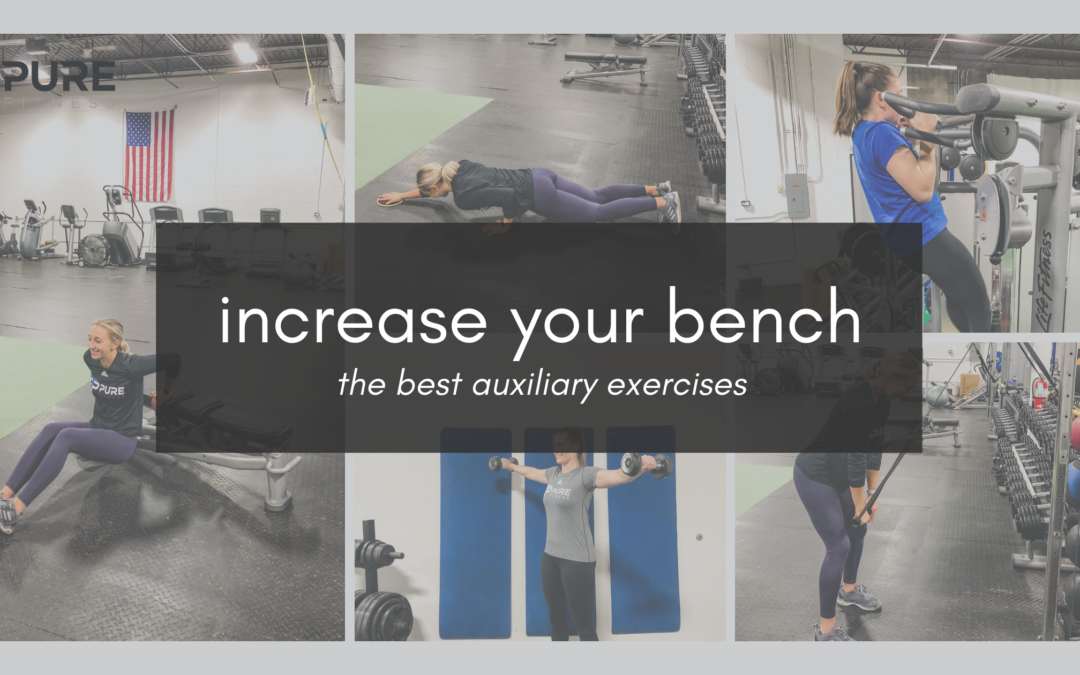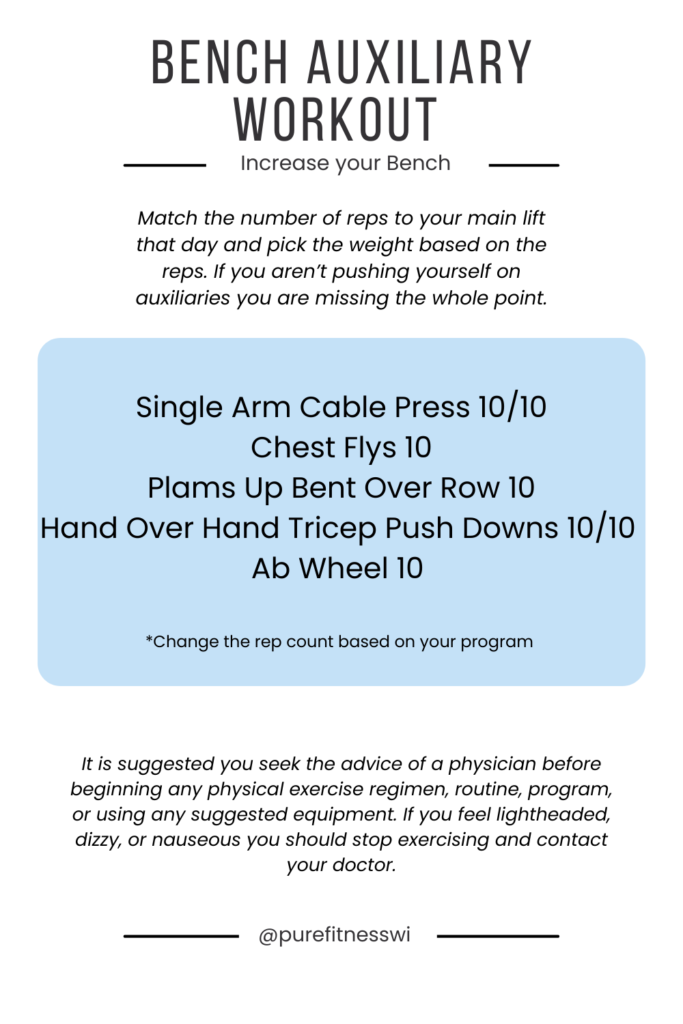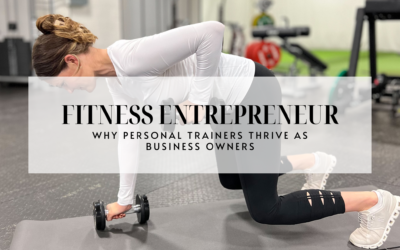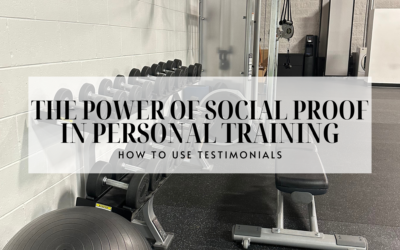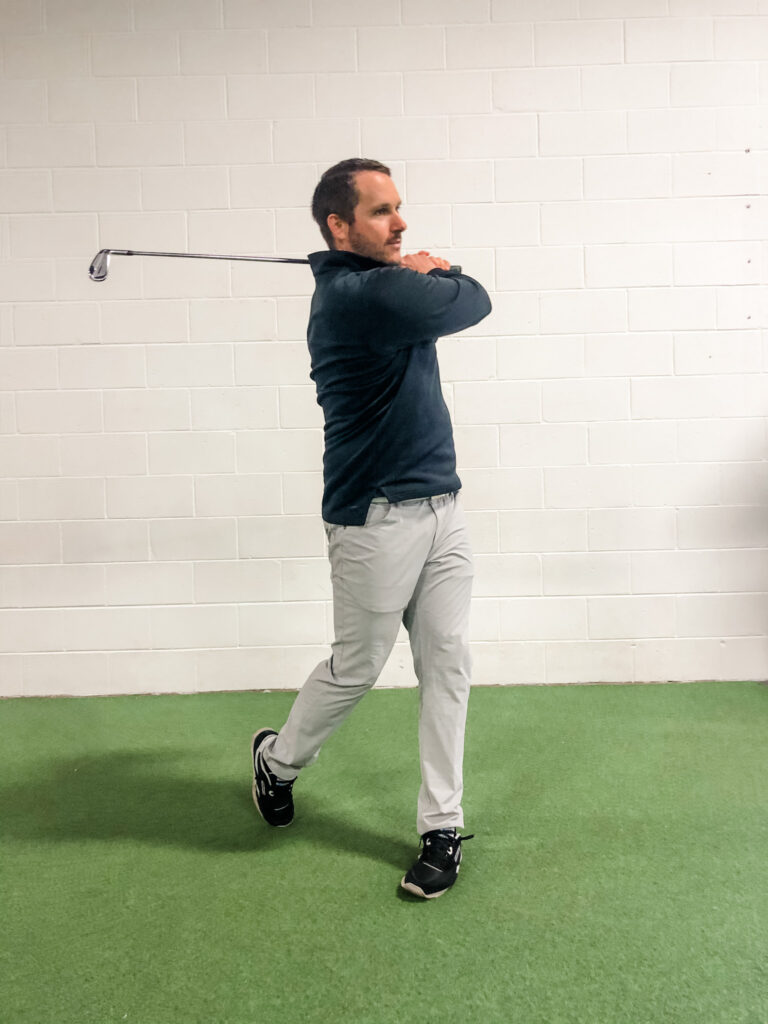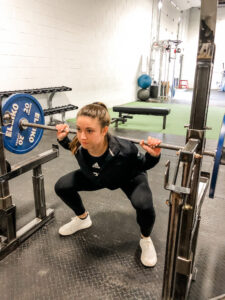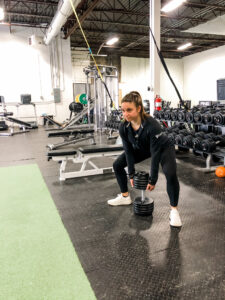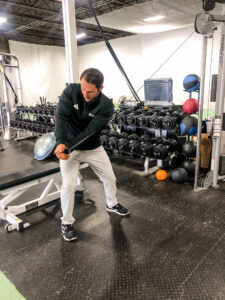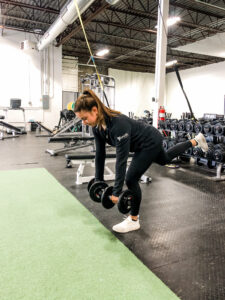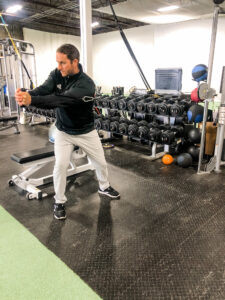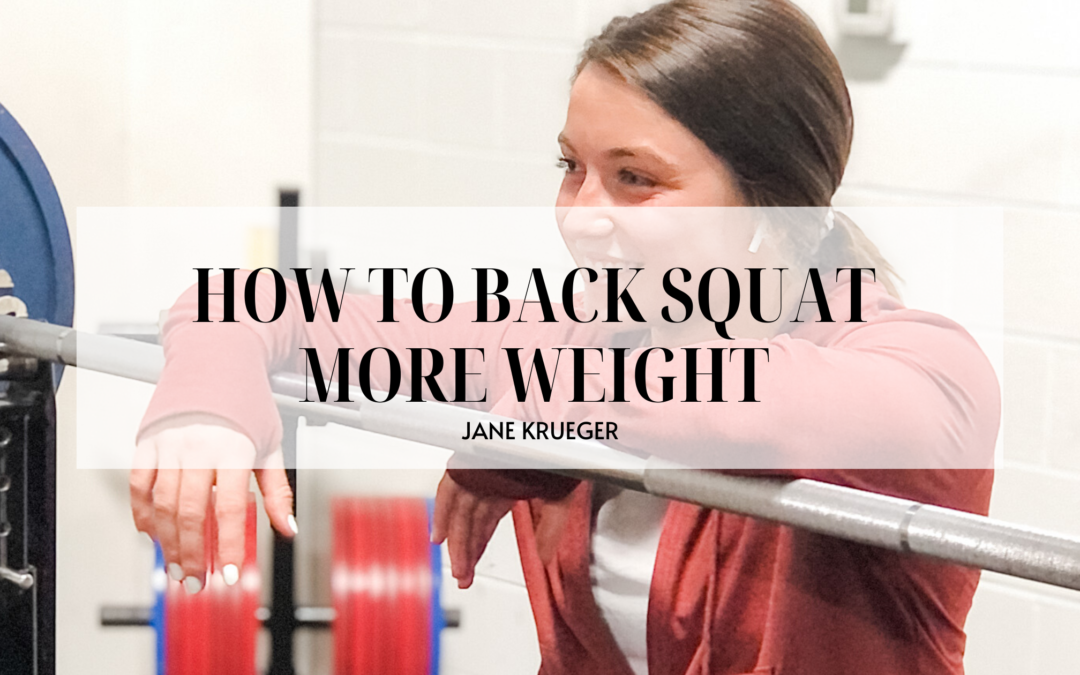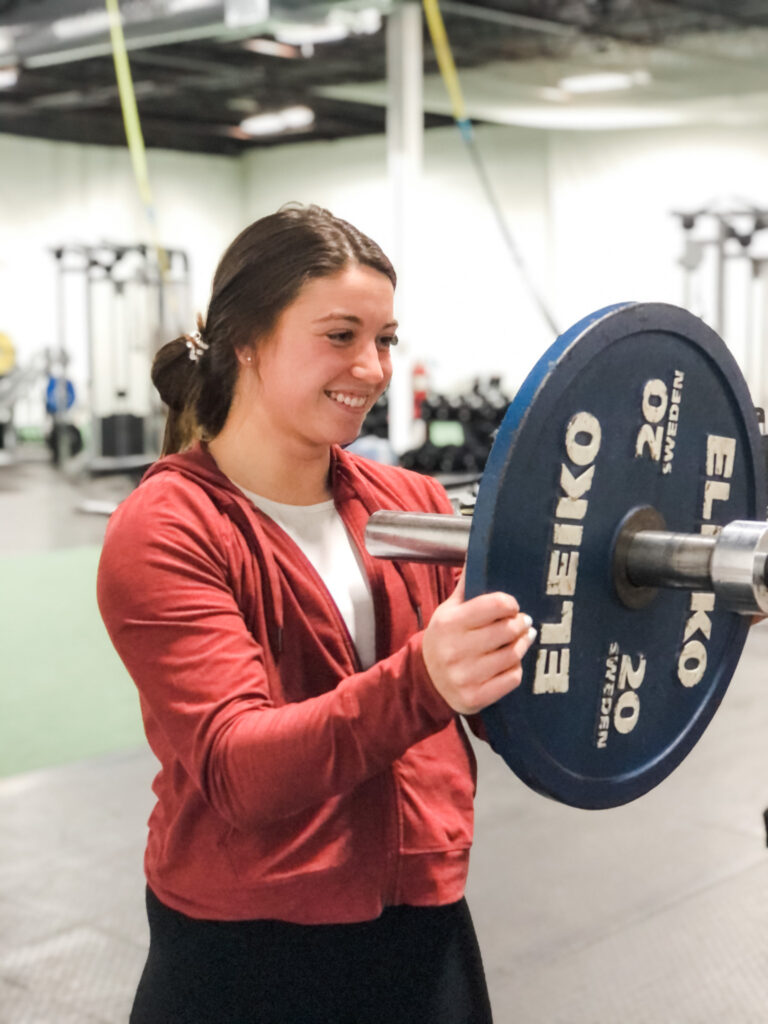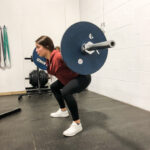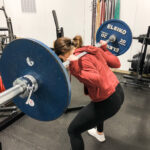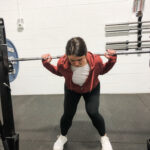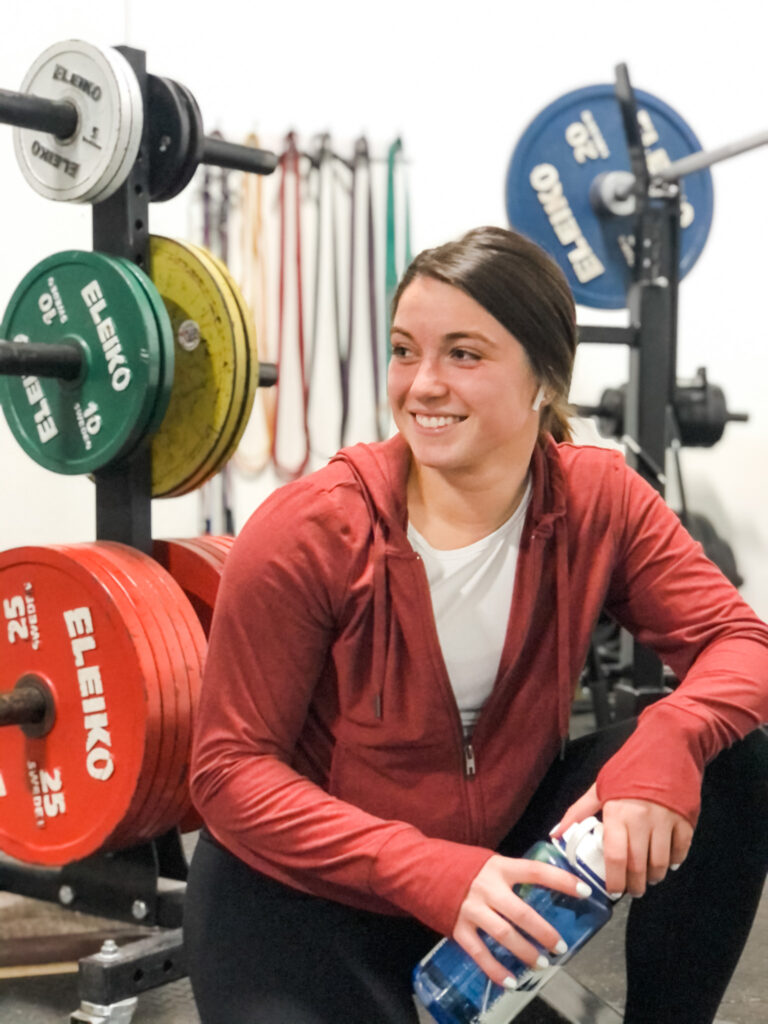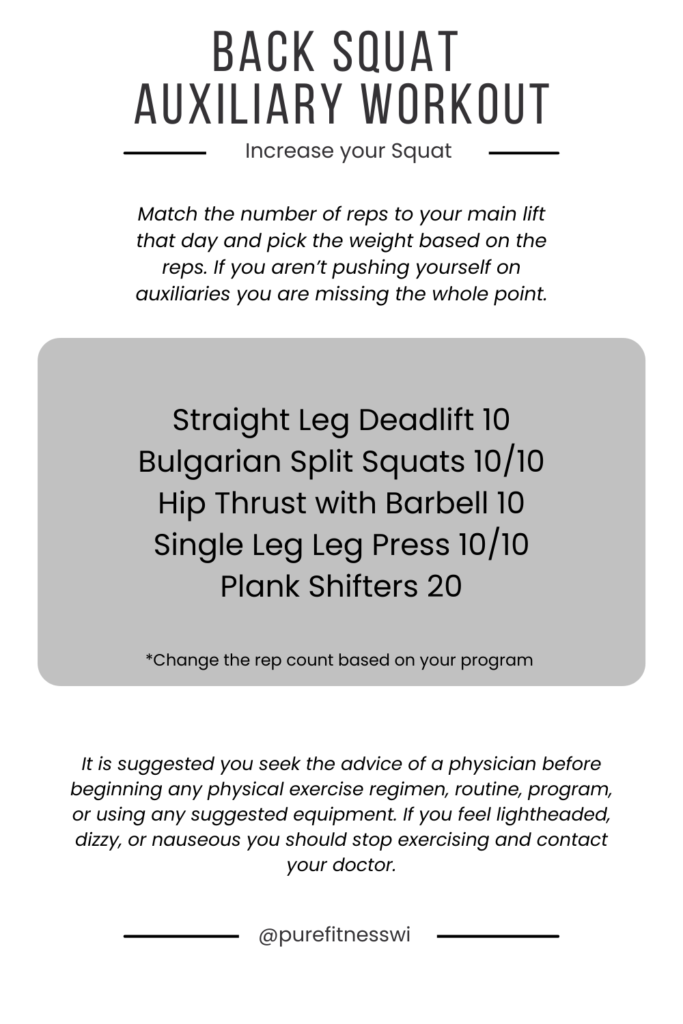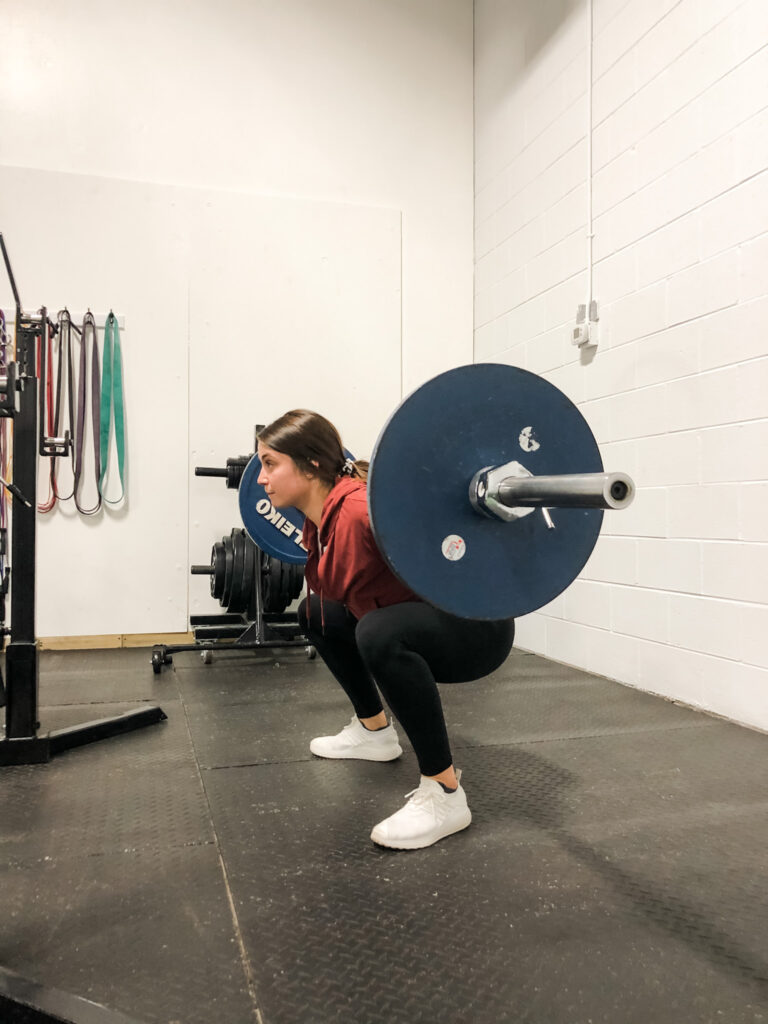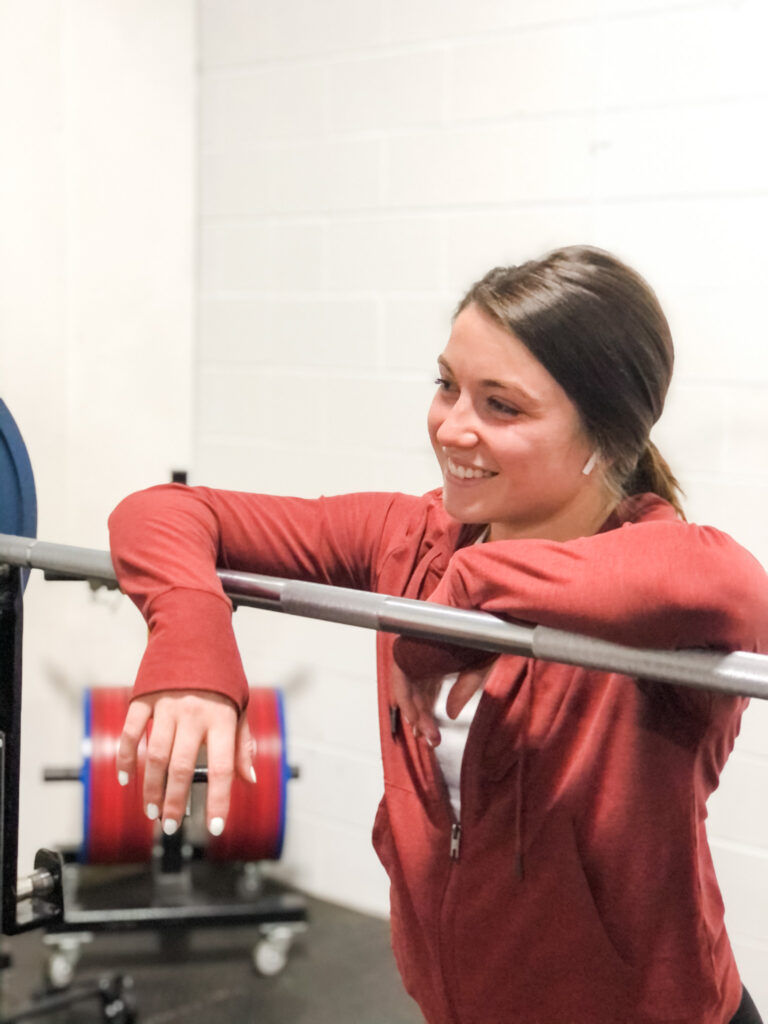As the heartbeat of the fitness world, personal trainers hold a unique power - the power to transform lives, ignite passion, and inspire lasting change. Now, imagine channeling that incredible force into something even more extraordinary - your own fitness business....
Fast Workouts For Everyday
Have you ever set yourself a really aggressive short-term goal? I mean like 20 things on a to do list when there is really only time to do 5 things?
Well, I am here to tell you that you are not alone. This behavior is something that I have struggled with my entire life. It crosses over into everything I do – personally and professionally. Mike, my husband, always calls me a slave driver when I tell him what’s on the list for the weekend. As a child my parents lovingly told me that I would make a great third world dictator when I grew up.
I guess I come by it naturally.
Knowing that doesn’t eliminate this tendency from my personality. However, as I’ve matured and confirmed my loved ones are in fact correct, I have tried to curb my aggressive short-term goal habit. One of the ways I do that is by setting REALISTIC goals based on the time I have in the day not my desire to get projects done.
One area of my life that I find easy to throw into the “back seat” is my workouts. I know I am a trainer and that probably sounds ridiculous. But we are human too. We struggle with the same things everyone else struggles with.
Exercises is also an area of my life I can’t function without. I am just irritable, obnoxious and unhappy when I don’t workout. Which means I make everyone else around me feel irritated, annoyed and unhappy. So I have to make it priority. For the sake of my marriage, my relationships and my happiness. I like to use fast workouts occasionally to help me blow off some steam. They give me some much needed self-love and don’t increase my stress because of the time commitment.
THE “ALPHABET WORKOUT”
This is why I LOVE the idea that is trending around town of “alphabet workouts”. They are so simple, can be done anywhere and leave you no room for excuses (hopefully). But what is an alphabet workout? You saw the image at the top of this article right? Maybe you even found this article because you clicked on that very image. THAT is an alphabet workout
We developed a list of exercises, where each exercise represents a letter of the alphabet. Then we will post a word of the week for you and everyone else who needs a FAST workout to use. The spelling of that word is used to select the exercises and the order.
You can do 1 round, 3 rounds or 5 rounds. Whatever you can do based on the time you have.
You can also use the same word or workout several times in the same week. Giving you multiple times to release some stress.
Heck, you can even make up your own words and do this entirely on your own or with your friends and family.
All we care about is that you feel good about doing it. Otherwise, why do it at all?!
This week’s word is PURE FITNESS.
That means you are doing: 10 forward raises, 20 bent over rows, 1 minute wall sit, 20 alternating reverse lunges, 1 minute of jumping jacks, 20 high plank shoulder taps, 20 toe touches, 2o Russian twists, 20 alternating reverse lunges, 10 reverse flys & 10 more reverse fly.
Go through it once, twice or as many times as you can!
EXERCISE EXPLANATIONS
Dead Bugs – While laying on your back with your legs and arms straight up, extend your right leg and left arm, move them back into the straight up position and then extend the opposite limbs. Keep your core engaged throughout the exercise to avoid a painful arch in the back.
Pushups – These can be performed from your knees or toes. Position your hands outside your shoulders and bend your elbows to 90 degrees.
V Sit – Sit back on your sit bones with your knees tucked towards your chest. Extend your legs and arms out then pull back into the starting position.
Side Plank W/ Crunch – In the side plank position crunch your core and bring your top elbow and knee together.
Alternating Reverse Lunge – Standing feet together reach one leg back and sit into a lunge position. Try for a 90 degree angle in both legs.
Jumping Jacks – Starting feet together and arms at your side, jump your legs out laterally while also raising your arms laterally to a comfortable height.
Burpees – Start standing up right, drop down into the push up position, jump your legs back up towards your hands, jump into the air.
High Plank Shoulder Taps – Hands under your shoulders and back as flat as possible and feet wide to avoid rotation at the hips. Bring your right hand to your left shoulder and then your left hand to your right shoulder.
Bicep Curls – Standing comfortably with good posture weights at your sides, flex your bicep with palms up and bring the weights towards your shoulders. Avoid movement in the elbows.
Penguins – On your back, knees bent towards your butt. Pull your shoulders off the ground and reach your fingers towards your toes alternating sides.
Lateral Raises – Standing up right knees slightly bent, start with your hands at your side with weight and lift the weights laterally about shoulder height. Keep a slight bend in the knee.
Arnold Press – Standing up right knees slightly bent, hold your elbows out in front of your body, rotate your elbows out to your sides and then press the weight over head. Your palms should start facing you and face out as you finish the press.
Russian Twist – Hold the V Sit with a weight at your chest, rotate your torso and touch the weight to the ground at your side, then do the same on the opposite side.
Hammer Curls – Bicep Curls – Standing comfortably with good posture weights at your sides, flex your bicep with palms facing in and bring the weights towards your shoulders. Avoid movement in the elbows.
Forward Raises – Standing up right, knees slightly bend, raise your hands forward to shoulder height. You should have a slight bend in your elbow.
Plank Shifts – Elbows on the ground under shoulders, and back flat, shift shoulders in front of elbows and then behind.
Wall Sit – With your back flat against the wall, lower your body down into a squat position, aim for a 90 degree angle at your knees.
Reverse Fly – In a slightly bent over position, weight in front of you and elbows slightly bent, retract your shoulders and raise your hands to shoulder height.
Toe Touches – On your back with your legs straight in the air, reach your fingertips towards your toes while crunching your core and bringing your shoulders off the ground.
Bent Over Rows – Knees slightly bent, and torso leaning forward, let weight hang down and then retract shoulders to pull the weight towards your chest
Planks – Either and your elbows or hands, shoulders over your base, and core engaged to avoid a dip in your back.
Wood Choppers – One weight in your hands, rotate your body to bring the weight above one shoulder, and then rotate the opposite way and control the weight across the body to the opposite knee.
Squat Jumps – Squat down to a comfortable depth then explode out of the hole and jump into the air. Arms come down as you squat and can be used as momentum to propel you upward.
Split Squat Jumps – In the split squat or lunge positions, with knees at or above 90 degrees, jump into the air and land in the beginning position.
Plank Dips – In an elbow plank, with shoulders over elbows and back flat, rotate hips to one side and then the other.
🚨FOLLOW US HERE 🚨
YouTube: http://www.youtube.com/purefitnesswi
Facebook: http://www.facebook.com/purefitnesswi
Instagram: http://www.instagram.com/purefitnesswi
Pinterest: https://www.pinterest.com/chelliedegelleke/

